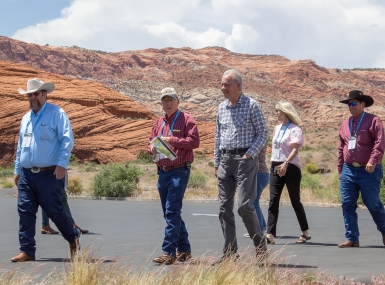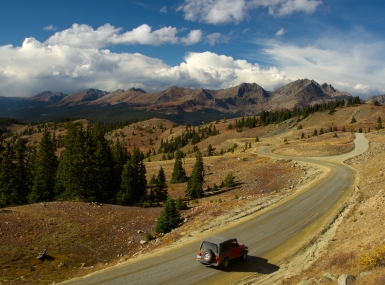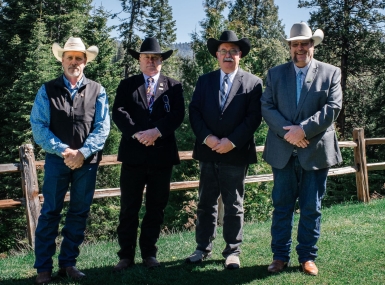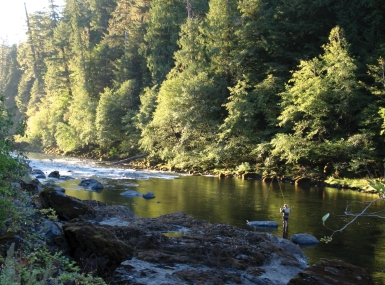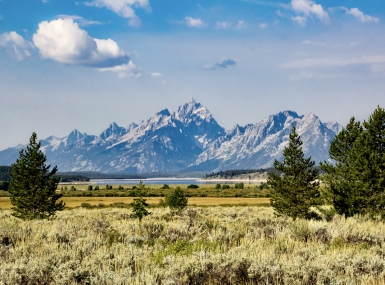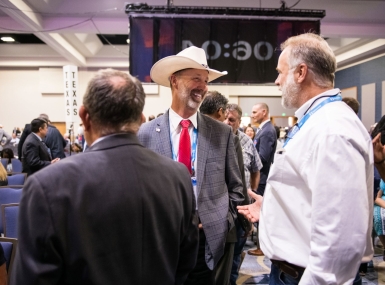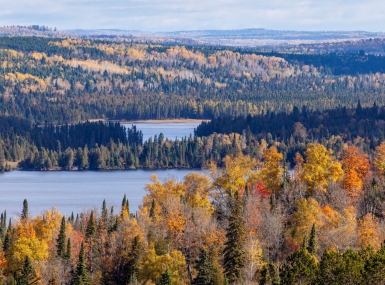National Center for Public Lands Counties
Advancing the policy and practice study of America’s public lands counties

The National Center for Public Lands Counties is dedicated to advancing the policy and practice study of America’s public lands counties. Our mission is to deepen the understanding and address the unique challenges faced by counties containing federal lands through strategic research and collaboration.
Our imperative is to elevate long-term policy and practice research, enhancing the capacity and facilitating knowledge exchange among elected and appointed leaders in these regions. This involves engaging with federal and state policymakers, key influencers, the media and the public to foster informed policymaking.
Objectives of the National Center for Public Lands Counties include:
- Enhance intergovernmental policymakers' grasp of unique challenges faced by county officials in areas with federal lands
- Conduct research, case studies, public forums and facilitate networks to inform policies and practices impacting public lands counties
- Foster dialogue between federal, state, tribal and local governments on key issues including landscape health, wildfire mitigation and economic development in public land counties
Public Lands Counties
610 Million
Work with federal partners to maintain and provide services for 610 million acres of land, or just over a quarter (28 percent) of all land acres in the country
62%
Are spread around the country; nearly two-thirds (62 percent) of counties have federally-owned lands within our jurisdictions
$578 Million
Manage federal funding, including more than $578 million in federal Payment in Lieu of Taxes (PILT) funds and $271 million from the Secure Rural Schools (SRS) funding

Public Lands Knowledge Hub
Open to all county leaders, the hub serves as a clearinghouse for resources that advance the policy and practice study for public lands counties. Engage with resources, connect with county leaders from across the country and share updates on the most pressing issues emerging related public lands management, use and access.
Resources for Public Lands Counties
A Brief History of Public Lands
Federal land management dates back to the roots of America
The Original Struggle for Ownership
The formation of the U.S. federal government was influenced by the struggle for control over what was known as the “western” lands—the lands between the Appalachian Mountains and the Mississippi River that were claimed by the original colonies
Cessation of Land to the Federal Government
The states ceded the lands to the developing new federal government, which, together with granting constitutional powers, helped transform the weak central government under the Articles of Confederation into the centralized federal government under the U.S. Constitution that we know today
Early Debates on Land Use
Federal land laws sought to guide the use of land, and there was debate between the preservation and conservation of national public property vs. local use and development which only accelerated as more land was acquired
An Inflection Point
Emphasis shifted during the 20th century from the disposal and conveyance of title for federally-owned lands to private citizens to the retention and management of the remaining federal lands, a trend solidified by the Taylor Grazing Act in 1934
Federal Land Policy and Management Act and National Forest Management Act (1976)
Congress expressly declared that the remaining public domain lands generally would remain in federal ownership; the Sagebrush Rebellion formed in response, an effort that started in the late 1970s to strengthen state or local control over federal land and management decisions
Present Day
Current authorities for acquiring and disposing of federal lands are unique to each agency; there have not been broad changes to the level of federal ownership despite judicial challenges, legislative and executive efforts
Get Involved
To learn more about the National Center for Public Lands counties and how your county can benefit and contribute to the effort, complete this form or email ncplc@naco.org.

